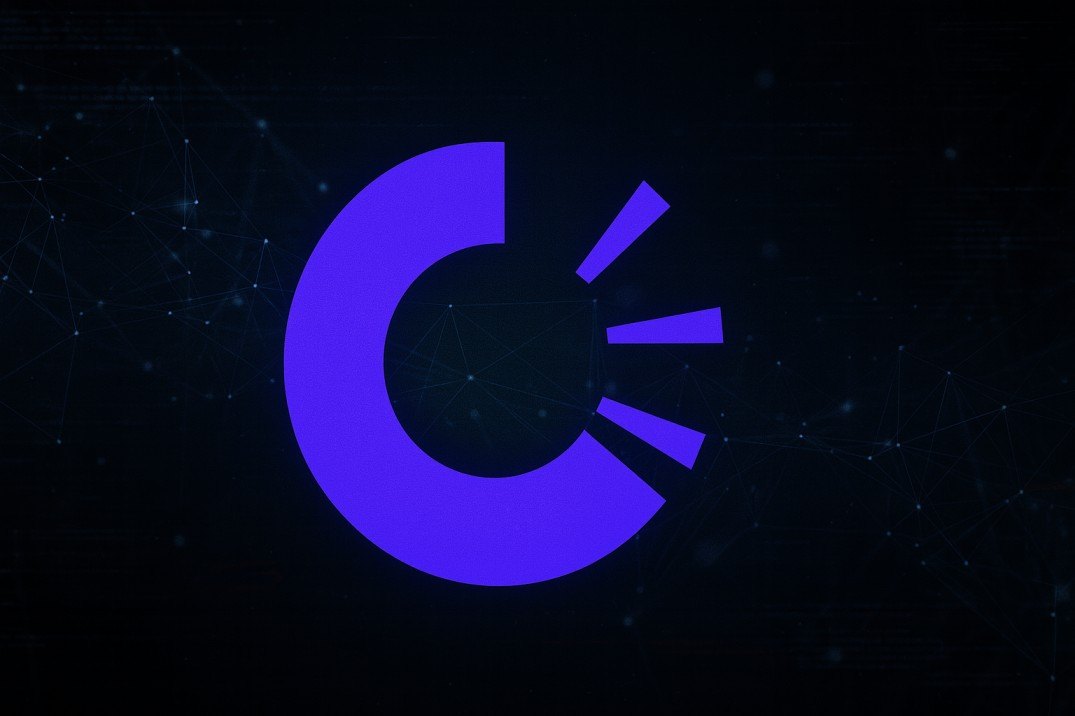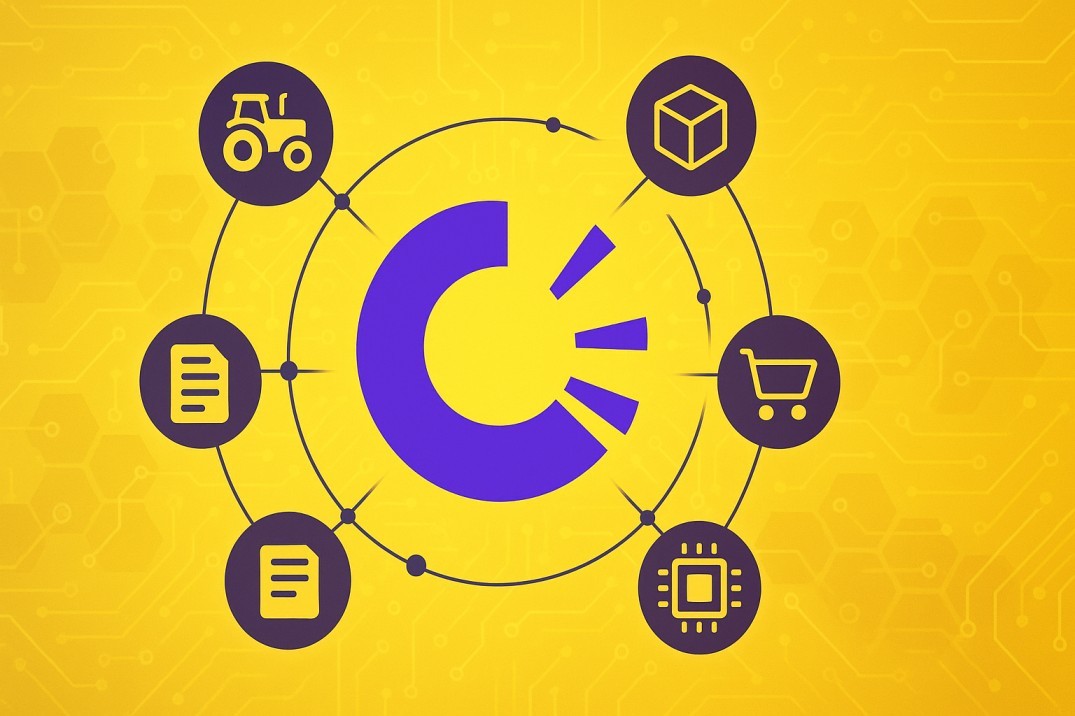TL;DR
- OriginTrail is a decentralized knowledge graph protocol designed to structure, share, and verify real-world data across blockchains, enterprises, and AI systems.
- The TRAC token powers data publication, staking, and marketplace interactions on the OriginTrail Decentralized Network (ODN).
- It integrates with multiple chains like Ethereum, Polygon, and Gnosis for scalability and cross-chain interoperability.
- Key use cases include supply chain verification, AI model training validation, and trusted data for knowledge-based apps.
- Enterprise partners include Walmart, BSI, GS1, and British Telecom, showing strong institutional traction.
- With Web3, AI, and enterprise data merging, OriginTrail positions itself as a foundational layer for the trusted internet of knowledge.
OriginTrail is an open-source protocol designed to make data verifiable, linkable, and secure for artificial intelligence (AI) systems and humans alike. It's built around the concept of a Decentralized Knowledge Graph (DKG), enabling interoperability and trust in data without relying on central authorities.
In a world overwhelmed with misinformation and fragmented data, OriginTrail creates a shared infrastructure where structured knowledge can be discovered, verified, and shared. Think of it as a search engine for trusted data-one that is decentralized and privacy-respecting.
TRAC is the utility token that powers the OriginTrail ecosystem, facilitating publishing, discovery, and anchoring of knowledge assets on the DKG.
Who Built OriginTrail?

OriginTrail was developed by Trace Labs, a Slovenian team with deep experience in supply chain technology and data standardization. The team has been active since 2011 and began building OriginTrail in 2013. By 2018, they launched the first version of the DKG.
The protocol is built in collaboration with various international partners, academic institutions, and industry players. Dr. Robert M. Metcalfe, the inventor of Ethernet and a pioneer of the Internet, is one of the project's most influential supporters.
As he puts it :
How It Works
At its core, OriginTrail uses a Decentralized Knowledge Graph (DKG) to structure and verify data. Unlike traditional databases or blockchains, DKGs interconnect knowledge assets using cryptographic proofs and semantic standards. Knowledge assets are published on the DKG using standard ontologies, linked to blockchain anchors for verification, and discovered using a decentralized index. These assets can represent anything-from a company registration to a machine learning dataset.
This architecture allows different applications and AI systems to talk to each other using a common data language without compromising security or privacy.
Unique Features
OriginTrail stands out by merging blockchain principles with semantic web technology. Its unique traits include:
- Decentralized Knowledge Graph: A network of nodes hosting verified, interlinked knowledge assets.
- Interoperability: Built using standards like RDF, W3C, and GS1, enabling cross-industry and cross-chain collaboration.
- Privacy by Design: Sensitive data stays off-chain but can still be verified using hashes and proofs.
Zero-Knowledge Proofs & Trusted Execution Environments: Tools like zk-SNARKs and Intel SGX enhance security and confidentiality.
Role of the TRAC Token
The TRAC token fuels activity on the OriginTrail network. It's used to:
- Publish and discover knowledge assets.
- Stake as collateral for node operators.
- Pay for computation and storage.
By requiring TRAC to interact with the network, OriginTrail aligns incentives among developers, data publishers, node operators, and validators.
Partnerships and Adoption
OriginTrail has already seen real-world use across industries:
- Supply Chain: Partnered with British Standards Institution (BSI) to enhance supply chain transparency.
- Healthcare: Used to verify medical PPE and equipment during COVID-19.
- Education & Research: Collaborates with institutions like the University of Ljubljana and Fraunhofer Institute.
- Web3: Integrated with Polkadot, Polygon, and Ethereum.
These partnerships demonstrate the protocol's broad relevance beyond traditional blockchain circles.
Tokenomics
TRAC has a capped supply of 500 million tokens. Here's a simplified view of its economic design:
- Fixed supply ensures scarcity.
- Used for publishing, discovery, and staking.
- Redistribution mechanisms reward node operators and honest participants.
A second token, OTP (OriginTrail Parachain), is used within the Polkadot ecosystem but remains interoperable with TRAC.
Security Model
Security is a cornerstone of OriginTrail's design. Its architecture separates sensitive data from verification proofs. Actual content remains off-chain, and only cryptographic fingerprints are published.Open-source development and frequent audits boost transparency. Protocol updates are discussed publicly, and changes are peer-reviewed. The use of zk-SNARKs and Trusted Execution Environments adds further protection layers.
Because nodes are incentivized to behave honestly (via staking TRAC), OriginTrail maintains a self-regulating security framework. Malicious actors are penalized economically.
Use Cases

Artificial Intelligence: AI needs structured and trusted data. OriginTrail's DKG provides context-rich knowledge for better model training and inference.
- Supply Chain & Logistics: Verifies origin, movement, and certifications of goods.
- Credentials & Identity: Verifiable academic credentials and KYC systems.
- Real-World Assets: Tracks asset provenance and compliance for tokenization.
The NeuroWeb initiative-a new evolution of OriginTrail-aims to create a decentralized brain for machines. It combines the DKG with AI agents and decentralized identity systems.
Challenges and Risks
- Adoption Hurdles: Interoperability and semantic standards are complex for mainstream users.
- Market Awareness: Despite strong fundamentals, TRAC remains under the radar.
- Technology Complexity: Concepts like knowledge graphs and zero-knowledge proofs require technical literacy to appreciate.
Final Thoughts
OriginTrail is not just another blockchain-it's a knowledge infrastructure protocol designed for the age of AI. By making trusted data verifiable and usable across ecosystems, it fills a massive gap in both Web3 and traditional digital systems. Its potential to power AI agents, verify real-world data, and foster cross-chain interoperability is unmatched in today's fragmented digital space. As the world moves toward decentralized AI, OriginTrail could become one of its most critical foundations.
For now, TRAC might not be the loudest token in crypto, but its quiet strength lies in solving real, structural problems in the way we handle knowledge.
READ MORE : COTI V2’s Secret Weapon: Garbled Circuits Explained for the Web3 Era











